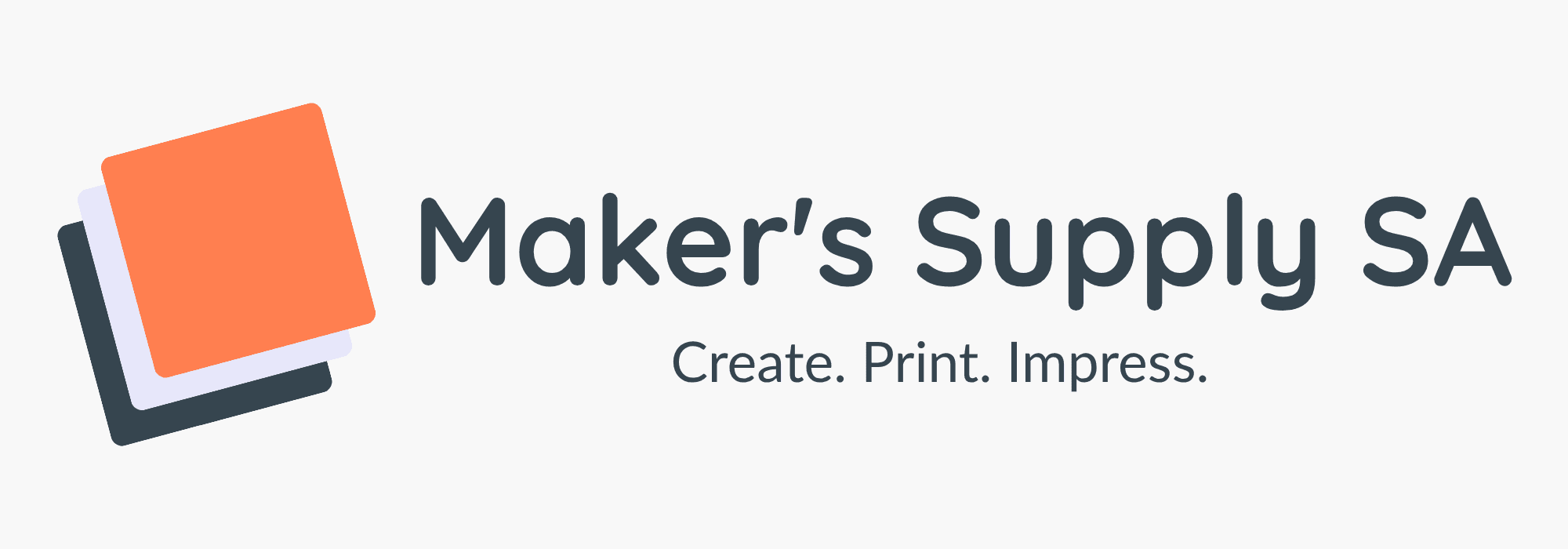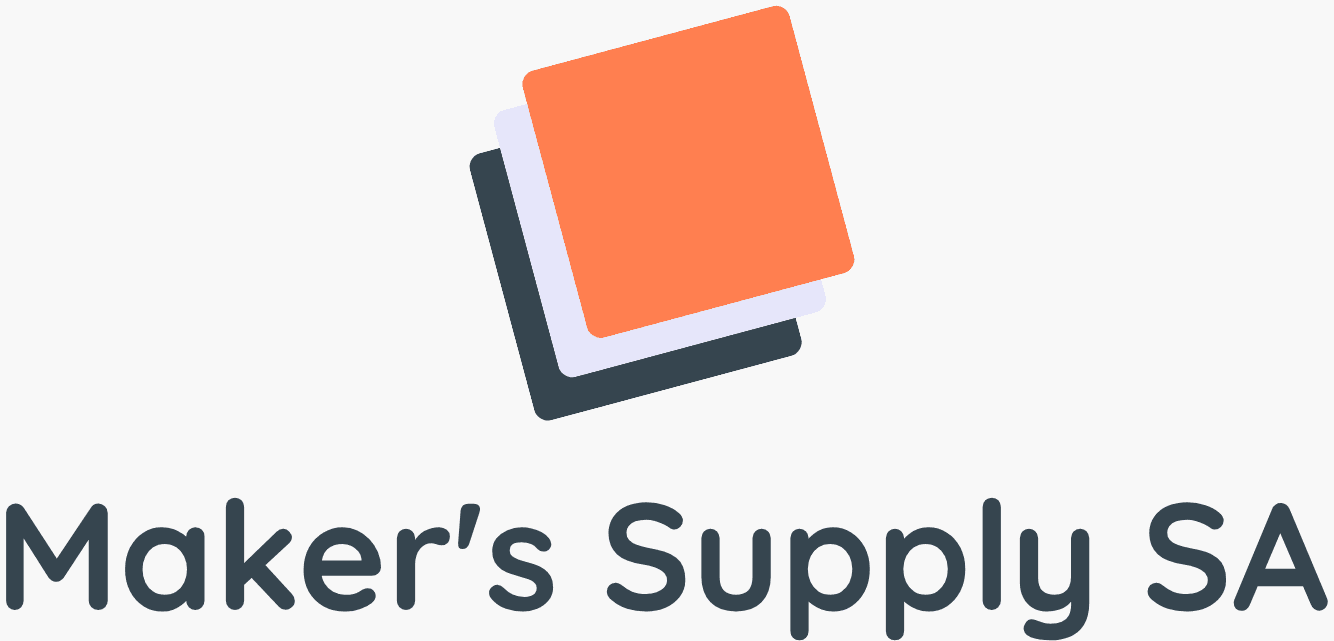Best Software for Sublimation Design (Free & Paid Options 2025)
Best Software for Sublimation Design (Free & Paid Options 2025)
To create stunning sublimation prints, you need great designs. But what sublimation design software should you use? Whether you’re a complete beginner or a seasoned pro, there’s a perfect program for your needs and budget. We review the best free and paid options for 2025.
Free Sublimation Design Software
You don’t need to spend a fortune to make beautiful designs. These free tools are powerful and perfect for getting started.
1. Canva
Best for: Beginners and quick, template-based design.
Pros: Incredibly easy to use, massive library of templates, fonts, and graphics. Great for creating text-based designs, collages, and simple layouts quickly.
Cons: Limited advanced features. For sublimation, you’ll need a Canva Pro account to download designs with a transparent background, which is essential for many projects.
2. GIMP (GNU Image Manipulation Program)
Best for: A free alternative to Adobe Photoshop.
Pros: A powerful, open-source photo editor. It can handle complex tasks like colour correction, layering, and intricate cutouts. It’s excellent for working with photographic images.
Cons: The interface can be clunky and has a steeper learning curve than Canva.
3. Inkscape
Best for: A free alternative to Adobe Illustrator.
Pros: A professional-grade vector graphics editor. It’s ideal for creating logos, illustrations, and designs from scratch that can be scaled to any size without losing quality.
Cons: Like GIMP, it has a significant learning curve if you’re new to vector design.
Paid (Professional) Sublimation Design Software
If you’re running a business, investing in professional software can streamline your workflow and unlock advanced capabilities.
1. Adobe Photoshop
Best for: The industry standard for photo editing and raster graphics.
Pros: Unmatched power for photo manipulation, colour correction, and creating complex, textured designs. Perfect for photorealistic prints.
Cons: Subscription-based (monthly fee). Can be overkill if you’re only doing simple vector designs.
2. Adobe Illustrator
Best for: The industry standard for vector graphics.
Pros: The best tool for creating logos, typography, and illustrations from scratch. Vector files are infinitely scalable, making them perfect for all print sizes.
Cons: Subscription-based and has a steep learning curve.
3. Affinity Suite (Designer, Photo, Publisher)
Best for: The best value professional alternative to Adobe.
Pros: Affinity Designer (vector) and Affinity Photo (raster) offer 90% of Adobe’s functionality for a single, one-time payment. They are professional, powerful, and an incredible value. Many pros are switching to Affinity.
Cons: Smaller community and fewer online tutorials compared to Adobe.
4. CorelDRAW
Best for: A long-standing favourite in the print and sign-making industry.
Pros: A powerful all-in-one vector and page layout program. It’s particularly strong for designs that combine text, logos, and photos.
Cons: Can be expensive and is more popular in certain industries than others.
Our Recommendation
- For Absolute Beginners: Start with Canva to learn the basics of layout and design.
- For a Powerful Free Option: Choose GIMP for photos and Inkscape for logos.
- For the Best Overall Value: The Affinity Suite offers professional power for a one-time price.
- For Industry Standard Power: Adobe Photoshop & Illustrator remain the top choice for professionals who need every possible feature.
No matter which software you choose, the key is to learn its tools and practice. With the right software and a quality sublimation setup from Maker’s Supply, your creative possibilities are endless.

